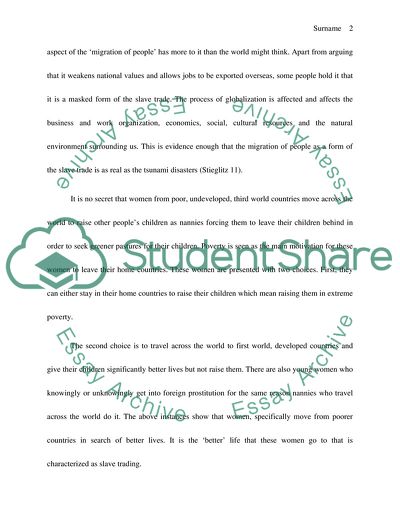Cite this document
(Relationship between Slave Trade and Religion Essay Example | Topics and Well Written Essays - 1500 words, n.d.)
Relationship between Slave Trade and Religion Essay Example | Topics and Well Written Essays - 1500 words. https://studentshare.org/religion-and-theology/1873732-the-relationship-between-the-slave-trade-and-religion
Relationship between Slave Trade and Religion Essay Example | Topics and Well Written Essays - 1500 words. https://studentshare.org/religion-and-theology/1873732-the-relationship-between-the-slave-trade-and-religion
(Relationship Between Slave Trade and Religion Essay Example | Topics and Well Written Essays - 1500 Words)
Relationship Between Slave Trade and Religion Essay Example | Topics and Well Written Essays - 1500 Words. https://studentshare.org/religion-and-theology/1873732-the-relationship-between-the-slave-trade-and-religion.
Relationship Between Slave Trade and Religion Essay Example | Topics and Well Written Essays - 1500 Words. https://studentshare.org/religion-and-theology/1873732-the-relationship-between-the-slave-trade-and-religion.
“Relationship Between Slave Trade and Religion Essay Example | Topics and Well Written Essays - 1500 Words”. https://studentshare.org/religion-and-theology/1873732-the-relationship-between-the-slave-trade-and-religion.


